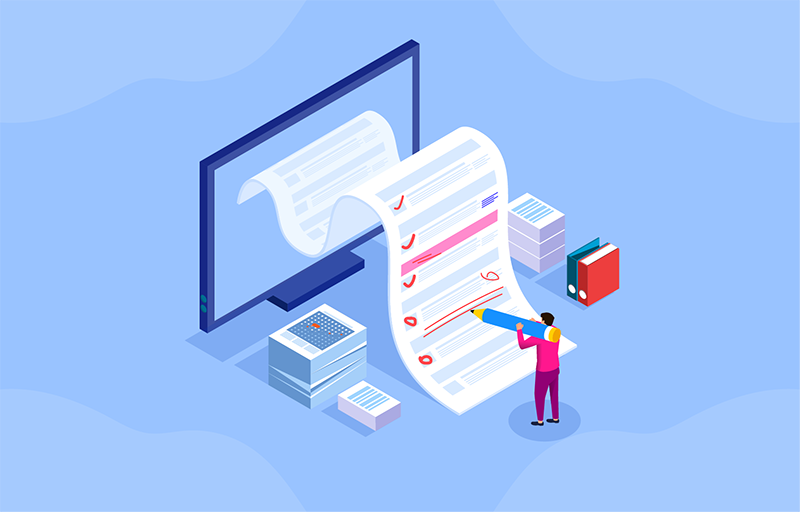Automation and software can reduce operating costs and shorten factory lead times
Plus, 10 advantages of using software for automated processes

Automation uses software and technology (e.g., CNC machines and robots) to carry out specific tasks to enhance performance (or sometimes replace) human workers. The adoption of automation is accelerating, so let’s examine the backstage effects of this adoption on your business, which can lead to greater profitability, enhanced operations, market traction, and boosting performance.
Three General Automation Categories:
- Software Automation: A computer program performs essential but time-consuming tasks that are valuable but bog down your employees, such as taking orders over the phone and transferring the information to the factory floor for fabrication.
- Robotic Process Automation (RPA): A program is designed to mimic the way human’s work, meaning a computer inputs orders, for example, into your system the way your data entry person would, but at a much faster pace.
- Industrial (Factory) Automation: Machines are used to control physical tasks on the factory floor, such as running CNC machines and automated equipment inspection.
Automation runs on software
Software is the backbone to automation’s success. How? It can transform how your front office personnel direct orders to the shop floor, how interconnected CNC machines process and produce flat glass, windows, and/or doors at a faster clip with fewer workers, the tracking and stacking of lites or doors on racks, the scanning of items throughout the factory, the management of inventory or residuals for increased yield, and so much more.
Software allows you to think outside the current box of possibilities. It is truly transformational in how it leads your business to greater profitability, enhanced operations, increased market traction, and boosted performance.
10 advantages of using automation software
- Freeing up employee time: Software can take over tedious work processes, such as order entry, so your employees can focus on more important tasks like handling customer complaints.
- Reduced operating costs: Software can save you time and money. Over time you can lower your operating costs through lower labor costs, energy savings, increased accuracy, and minimizing waste, such as through optimization software for cutting flat glass or window frames. For example, you can save time with smarter software. This same software can help save you money by lowering your printing and toner costs for labels.
- Shortened factory lead times: Every minute counts in a competitive environment. By employing automation processes, such as factory floor barcode scanning of finished lites/windows/doors, you’re enabling your business to deliver finished products to your customers faster.
- Lowered operating costs: CNC machines can do the work of multiple people and work 24/7. This allows CNC machines to take on repetitive tasks and work through the night, thus lowering your operating costs and leading to my next point, increasing production output.
- Increased production output: With the ability to work 24/7 without rest, you can increase your productivity and even introduce new products by programming the CNC machines offline without disrupting their current work schedule.
- Maximized labor: With roughly 10,000 baby boomers retiring daily, we will need new solutions to fill the labor shortage. Your demand for labor will continue, so utilizing software and industrial automation provides a real and viable solution.
- Better planning: Consistent production through software and industrial automation allows your business to reliably predict timing, costs, and order from suppliers.
- Increased ROI: Automation solutions pay for themselves quickly due to lower operating costs, reduced lead times, increased output, and much more.
- Improved governance: Software automation allows your business to follow strict protocols when required, such as glass for hospital rooms
- Enhanced tracking: Software allows your business to better track inventory, KPIs, orders, throughput times, etc., which leads back (sounding like a broken record) to everything we’ve discussed in this ten-point list.
By utilizing software and industrial automation, you can make smarter decisions, reduce turnaround times, increase throughput and yield, improve the customer experience, and much more. These will allow your company to survive and grow in our competitive environment.
